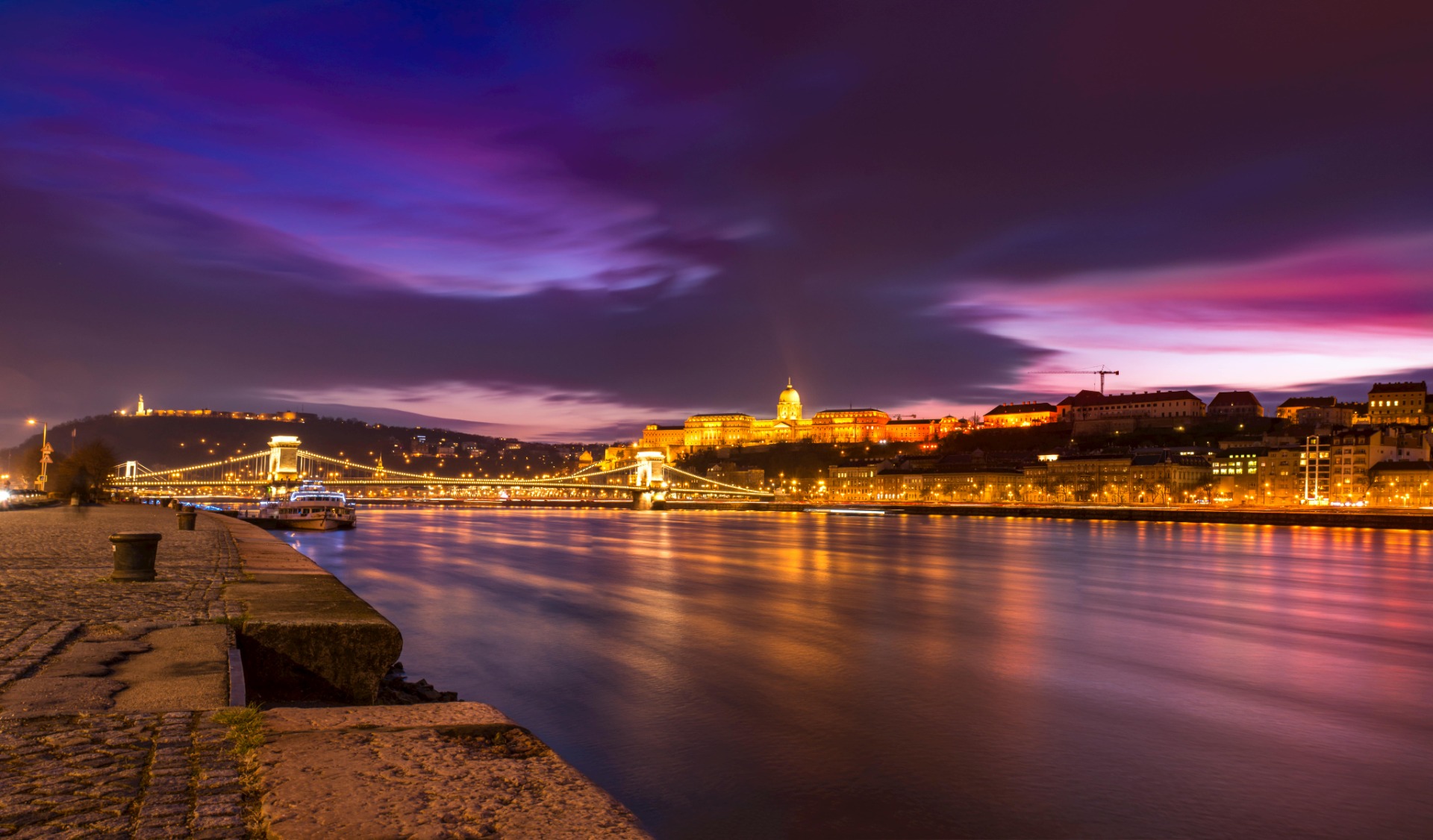BUDAPEST - The Pearl of the Danube
Introduction
Budapest, the capital of Hungary, is one of Europe's most enchanting cities. Formed by the unification of Buda, Pest, and Óbuda in 1873, the city stands on both banks of the Danube River. It is renowned for its architectural elegance, vibrant cultural life, and unique blend of history and modernity.
Major Landmarks and Attractions
• Hungarian Parliament Building – A
striking example of Neo-Gothic architecture, and one of the largest
parliamentary buildings in the world.
• Buda Castle & Fisherman's Bastion – UNESCO World Heritage Sites offering
panoramic views of the city.
• Chain Bridge – The iconic bridge linking Buda and Pest.
• Heroes' Square & Andrássy Avenue – Elegant boulevards and monumental
statues, also part of the UNESCO World Heritage.
• Thermal Baths – Including the Széchenyi, Gellért, and Rudas baths,
highlighting Budapest's world-famous spa culture.
• Great Synagogue – The second largest synagogue in the world, located in the
historic Jewish Quarter.
Gastronomy and Culinary Heritage
Budapest is a remarkable culinary destination, where traditional Hungarian flavors meet contemporary gastronomy. The city offers everything from fine dining establishments to vibrant street food markets. Highlights include the famous goulash soup, chimney cake, paprika-infused dishes, and a wide range of local wines from regions such as Tokaj and Eger. The ruin bars and coffeehouse culture also contribute to the city's unique gastronomic experience.
Culture and Lifestyle
Budapest is home to a thriving cultural scene with numerous museums, galleries, concert halls, and theaters. Events such as the Budapest Spring Festival and Sziget Festival attract visitors from around the world. The city's architecture, music, and vibrant nightlife make it a cultural capital of Central Europe.
